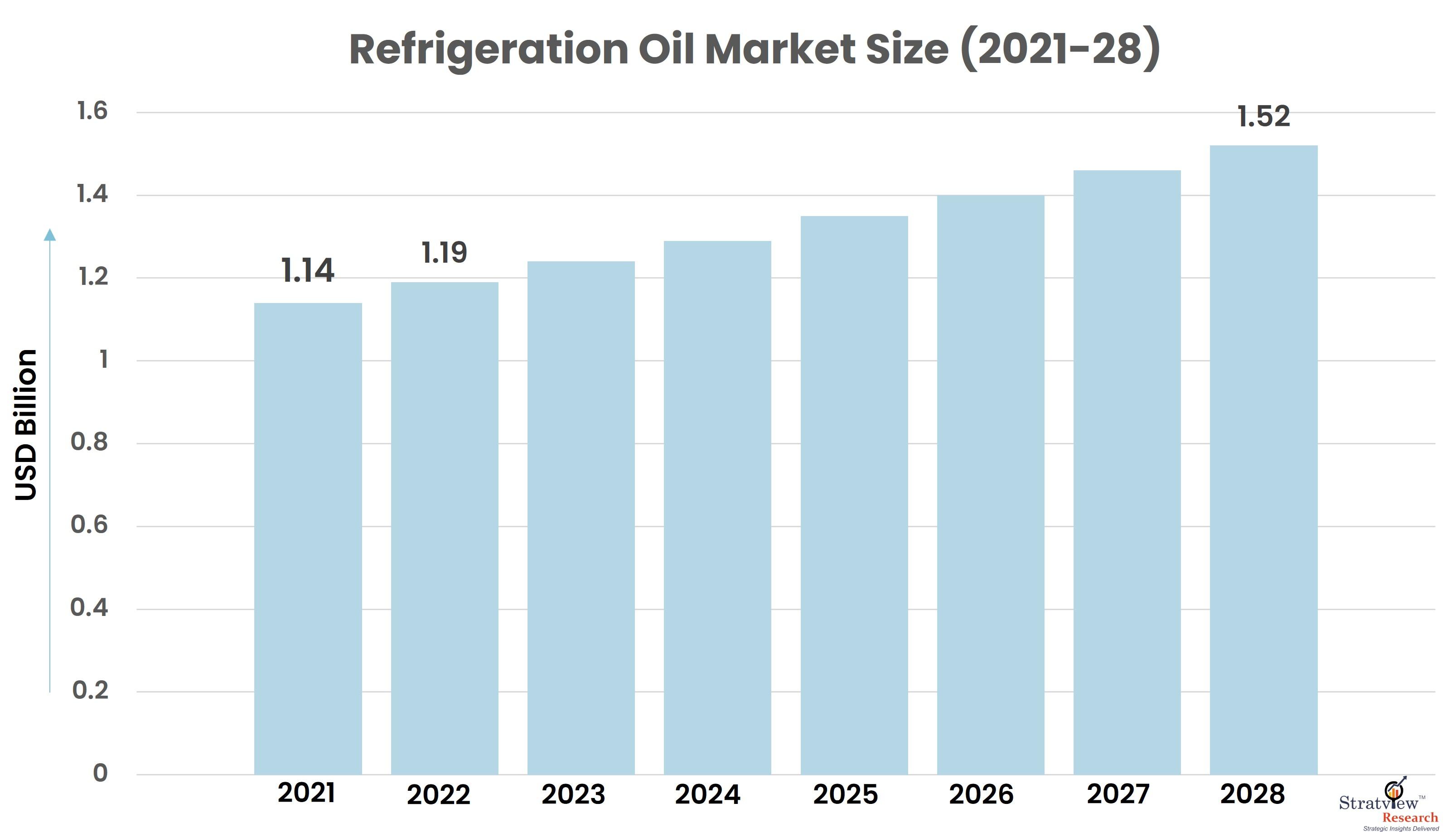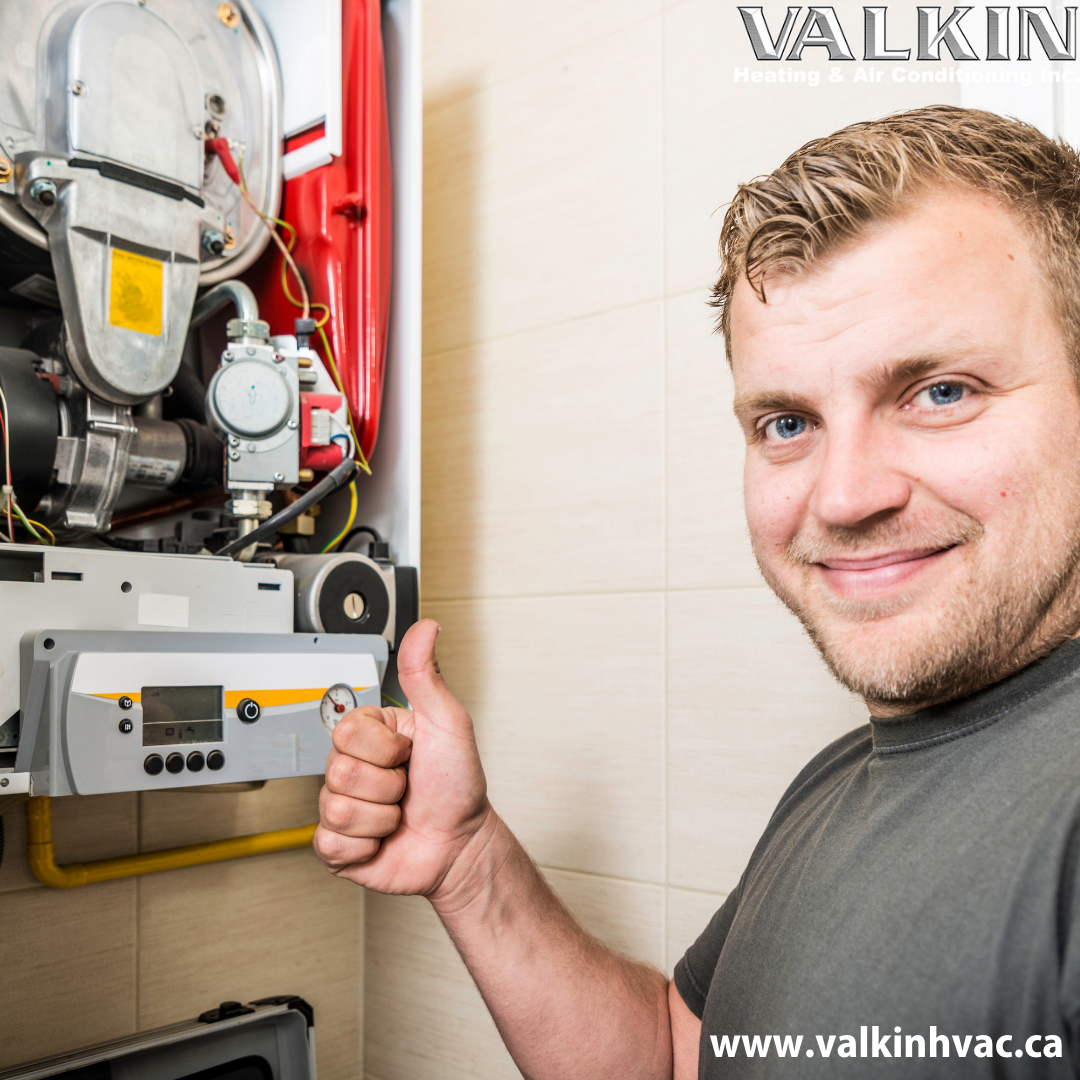Application of temperature and humidity monitoring in the medical field
Storage of drugs and medical supplies
During the transportation and storage of drugs, biological products such as insulin, vaccines, and blood require a specific temperature and humidity environment. Any deviation will affect the quality of the drugs and even cause the drugs to fail.
Temperature and humidity sensors can monitor the storage environment in real time. Once the temperature and humidity exceed the set range, they will give an alarm in time to ensure that the drugs are stored in a suitable environment. In the process of transporting medicines from the pharmaceutical factory to the hospital/drugstore and then to the patient's hands, the temperature and humidity monitoring of the intermediate storage link is very critical. The use of 4G remote temperature and humidity sensors to collect and analyze data and transmit it to the cloud platform in the management personnel's equipment can be monitored 24 hours a day to ensure the quality and safety of drugs.
For hospital pharmacies/warehouses, the state has detailed regulations on pharmaceutical warehousing, and the environment needs to be monitored in real time. The automatic temperature and humidity monitoring system (composed of low-power 4G/NB temperature and humidity sensors and environmental monitoring cloud platforms) can continuously monitor and record the temperature and humidity data of the pharmacy environment. The data is automatically uploaded to the computer software for display and storage at regular intervals. If the limit is exceeded, an alarm will be given in time to prevent the risk of affecting the quality and safety of drugs during storage.
Medical environment protection
Operating room and ward: In the operating room and ward, temperature and humidity sensors can monitor the temperature and humidity of the air to ensure that the medical environment is comfortable and safe. For the treatment of some special diseases, a specific temperature and humidity environment helps to improve the treatment effect. At the same time, the appropriate temperature and humidity also help patients feel comfortable and receive proper attention during the treatment process.
Special medical equipment: In some special medical equipment, such as incubators, constant temperature boxes, etc., temperature and humidity sensors can be used to monitor the temperature and humidity inside the equipment to provide patients with a suitable treatment environment.
Improve employee work efficiency: The working environment of hospital employees is very important. Overheated or over humid environments will affect employees' work efficiency and productivity. Monitoring by temperature and humidity sensors can ensure that employees work in a safe, comfortable and suitable environment.
Hospital energy saving: The hospital has a large patient flow, and the operation of large equipment causes large changes in fresh air volume and air conditioning load. Temperature and humidity sensors can monitor the temperature and humidity of the indoor environment, and cooperate with the hospital's precision air conditioning system to achieve automatic control to achieve the purpose of energy saving and emission reduction. For example, in public areas and wards, the operation of air conditioning can be reasonably regulated by monitoring temperature and humidity to avoid energy waste.
Maintain a healthy environment: The patient's immune system is weakened by the disease and is more susceptible to environmental influences. Dry air can make patients uncomfortable and tired. Humidity is related to the proliferation rate of bacteria and viruses. Temperature and humidity sensors can detect indoor temperature and humidity in real time to ensure that they are within the appropriate range to avoid causing more harm to patients. They can also enhance air quality and promote patient recovery.
https://www.renkeer.com/best-temperature-and-humidity-monitoring-solutions/Application of temperature and humidity monitoring in the medical field
Storage of drugs and medical supplies
During the transportation and storage of drugs, biological products such as insulin, vaccines, and blood require a specific temperature and humidity environment. Any deviation will affect the quality of the drugs and even cause the drugs to fail.
Temperature and humidity sensors can monitor the storage environment in real time. Once the temperature and humidity exceed the set range, they will give an alarm in time to ensure that the drugs are stored in a suitable environment. In the process of transporting medicines from the pharmaceutical factory to the hospital/drugstore and then to the patient's hands, the temperature and humidity monitoring of the intermediate storage link is very critical. The use of 4G remote temperature and humidity sensors to collect and analyze data and transmit it to the cloud platform in the management personnel's equipment can be monitored 24 hours a day to ensure the quality and safety of drugs.
For hospital pharmacies/warehouses, the state has detailed regulations on pharmaceutical warehousing, and the environment needs to be monitored in real time. The automatic temperature and humidity monitoring system (composed of low-power 4G/NB temperature and humidity sensors and environmental monitoring cloud platforms) can continuously monitor and record the temperature and humidity data of the pharmacy environment. The data is automatically uploaded to the computer software for display and storage at regular intervals. If the limit is exceeded, an alarm will be given in time to prevent the risk of affecting the quality and safety of drugs during storage.
Medical environment protection
Operating room and ward: In the operating room and ward, temperature and humidity sensors can monitor the temperature and humidity of the air to ensure that the medical environment is comfortable and safe. For the treatment of some special diseases, a specific temperature and humidity environment helps to improve the treatment effect. At the same time, the appropriate temperature and humidity also help patients feel comfortable and receive proper attention during the treatment process.
Special medical equipment: In some special medical equipment, such as incubators, constant temperature boxes, etc., temperature and humidity sensors can be used to monitor the temperature and humidity inside the equipment to provide patients with a suitable treatment environment.
Improve employee work efficiency: The working environment of hospital employees is very important. Overheated or over humid environments will affect employees' work efficiency and productivity. Monitoring by temperature and humidity sensors can ensure that employees work in a safe, comfortable and suitable environment.
Hospital energy saving: The hospital has a large patient flow, and the operation of large equipment causes large changes in fresh air volume and air conditioning load. Temperature and humidity sensors can monitor the temperature and humidity of the indoor environment, and cooperate with the hospital's precision air conditioning system to achieve automatic control to achieve the purpose of energy saving and emission reduction. For example, in public areas and wards, the operation of air conditioning can be reasonably regulated by monitoring temperature and humidity to avoid energy waste.
Maintain a healthy environment: The patient's immune system is weakened by the disease and is more susceptible to environmental influences. Dry air can make patients uncomfortable and tired. Humidity is related to the proliferation rate of bacteria and viruses. Temperature and humidity sensors can detect indoor temperature and humidity in real time to ensure that they are within the appropriate range to avoid causing more harm to patients. They can also enhance air quality and promote patient recovery.
https://www.renkeer.com/best-temperature-and-humidity-monitoring-solutions/







